Santoku is a general purpose kitchen knife native to Japan. Originally created as a modification of the Western chef's knife for butchering meat, it was later adapted for other needs of Japanese cuisine. What it is used for, what are its advantages and how to choose the right one - later in the article.
Why do you need a Santoku knife?
The content of the article
- Why do you need a Santoku knife?
- What is special?
- What to look for when buying a santoku?
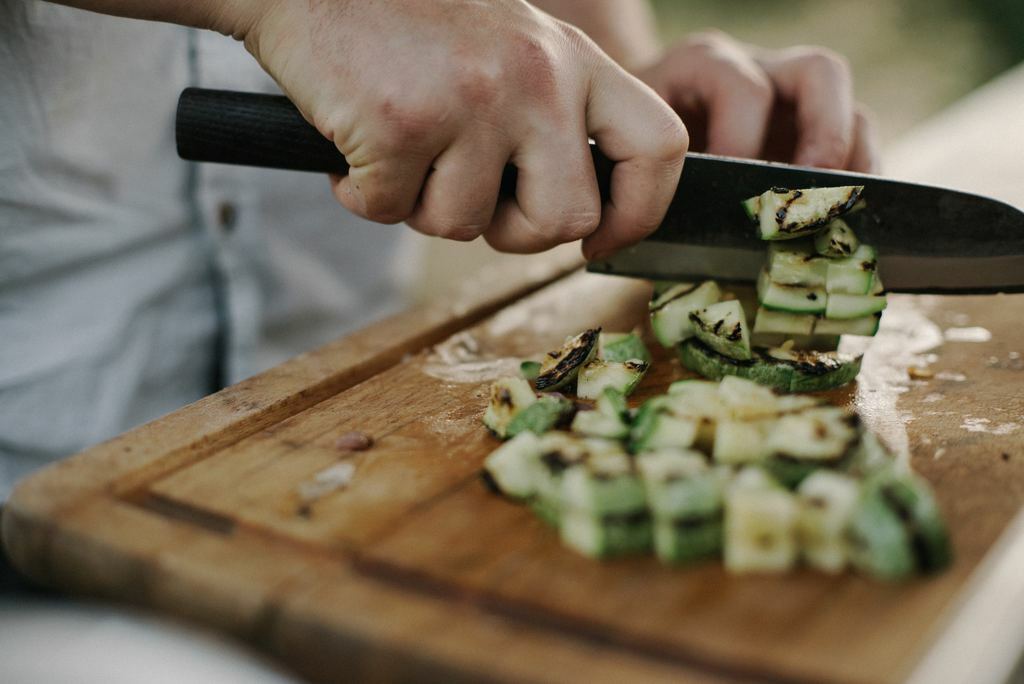
@ misen.co
The meaning of the word santoku literally means the three virtues. In other words, if you understand the Japanese correctly, they mean three direct purposes of this device: chopping, shredding, dicing. He copes well with all three tasks, but for some he is not at all suitable. This includes chopping bones, chopping meat, slicing bread and performing precise tasks (for example, peeling vegetables and fruits). Santoku knives are especially good for cutting very thin pieces of food, which enhances the overall aesthetics of the finished meals.
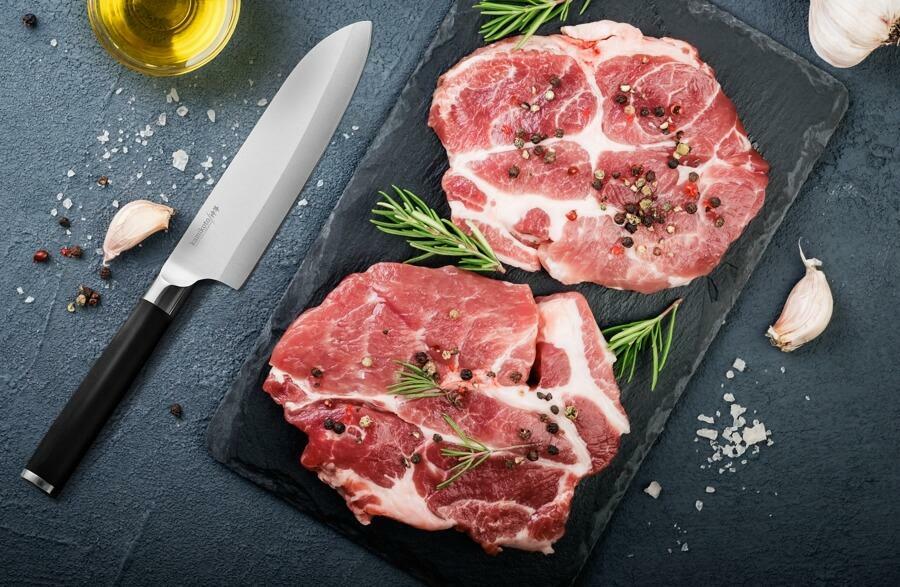
@ kamikoto.com
It is best used for:
- cutting meat (excluding bones);
- slicing cheese;
- slicing, chopping or dicing fruits, vegetables and nuts;
- chopping greens;
- transferring cut products from a cutting board to another container using a wide blade;
- making perfect slices, especially for vegetables and seafood.
What is special?
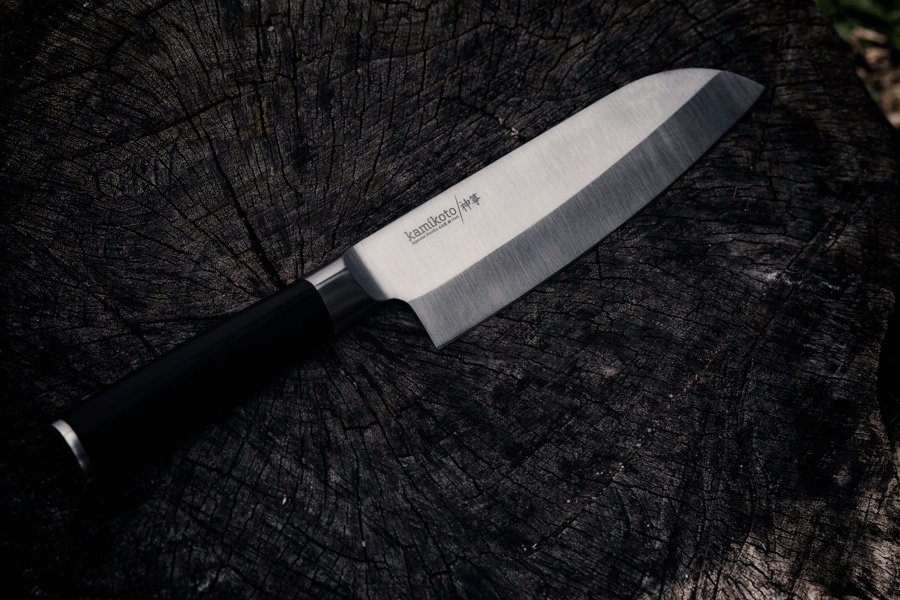
@ kamikoto.com
Santoku has several features that, in fact, distinguish it from other knives:
- thin blade that allows you to make the finest cuts;
- shorter design than the main part of chef's knives;
- has one bevel, which means that when sharpening, you can create a much smaller angle, which will provide a sharper blade;
- the blade is sharpened more strongly in the nose, which helps to make a more accurate and thin cut;
- sometimes it has small funnels or scallops on the blade to prevent sticking to food;
- balanced weight;
- comfortable to hold in hand despite the size;
- has a seamless design from handle to blade, it is great for people with small hands.
What to look for when buying a santoku?
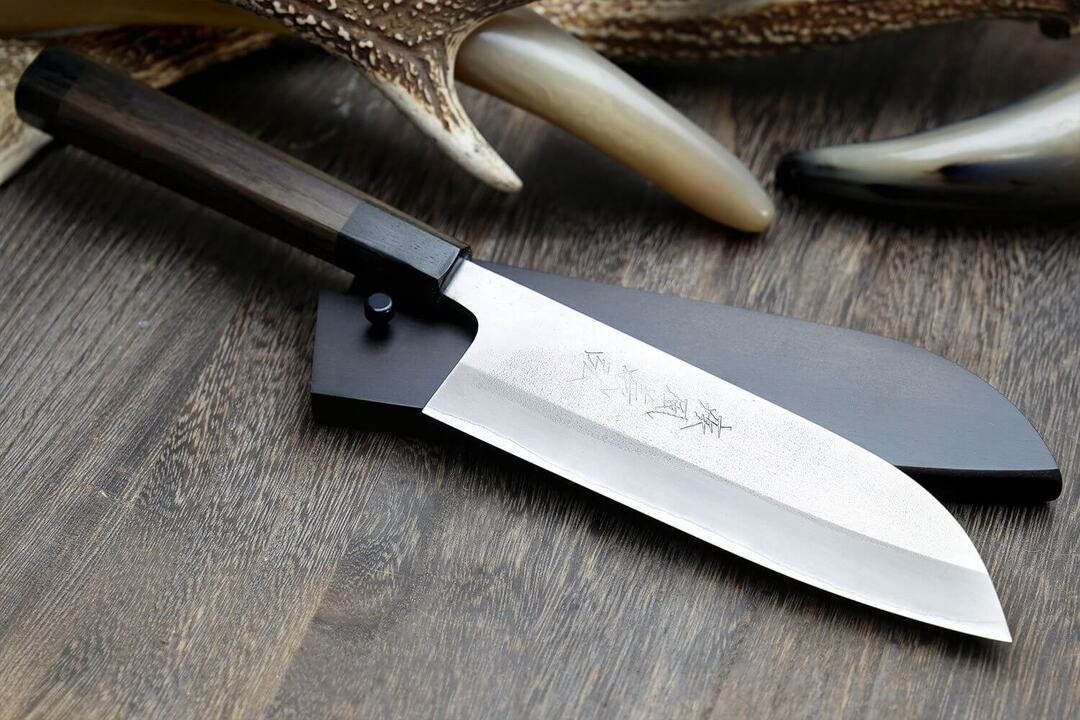
@ echefknife.com
Santoku is usually made of stainless steel, but also ceramic or high carbon. Most of the established manufacturers prefer high-carbon steel because of its long-term benefits: it is stronger, more durable and stays sharper than other materials.
A sharp blade is the key to any good kitchen knife. Products made from high carbon steel are already equipped with a sharp blade. In the end, however, you have to sharpen the instrument. But here you need to pay special attention to the fact whether the manufacturer offers lifelong sharpening. However, this service is only available for the premium Santoku segment.
And the last thing to pay attention to is the price. In fact, the santoku is a general purpose knife, and therefore its cost is not capable of ruining your family budget. Many companies develop high quality products at affordable prices that will delight you with durability, functionality and blade sharpness.
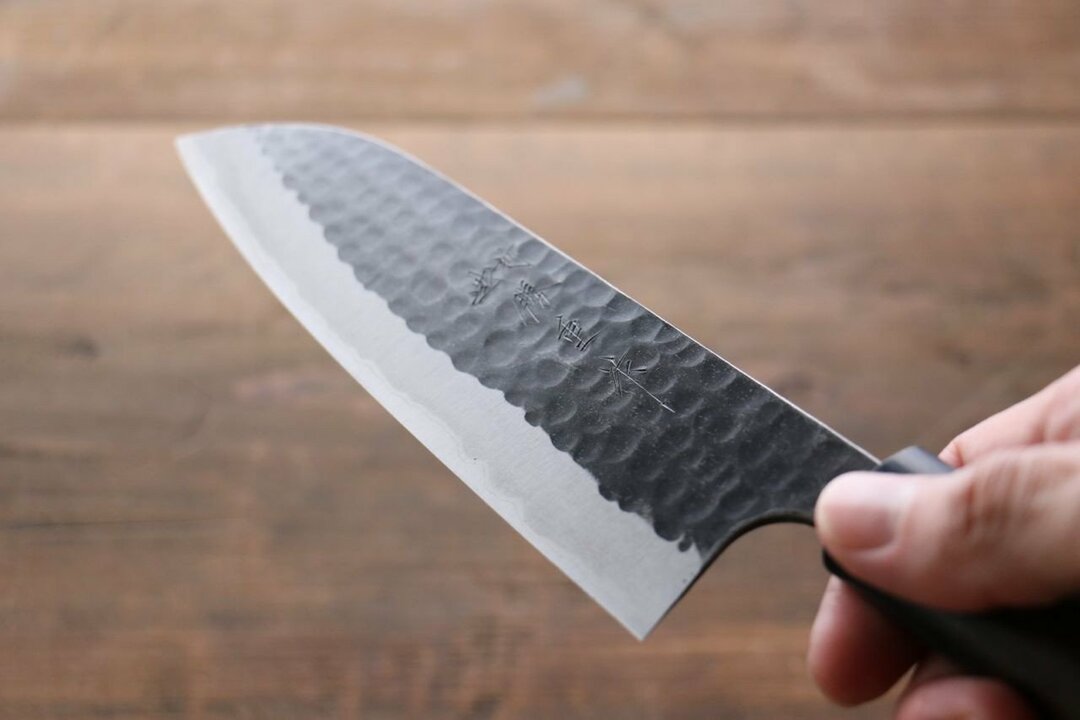
@ japanny.com
Subscribe to our Social Networks